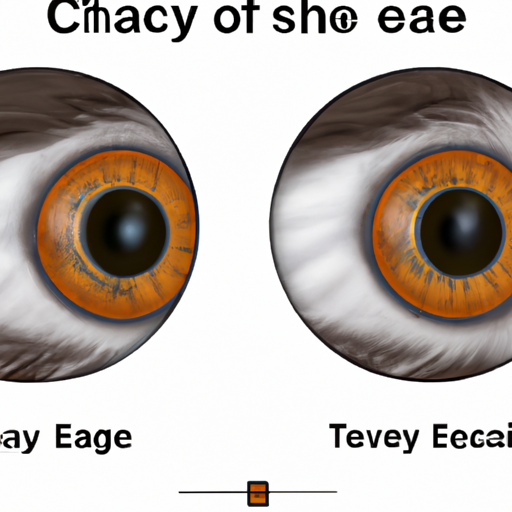Understanding Canine Cataracts
You may be familiar with the term “cataracts” from human medicine, but did you know dogs can suffer from this condition too? Cataracts can severely impair your beloved pet’s vision, sometimes leading to complete blindness. But what do cataracts in dogs look like? Imagine your pooch’s normally clear, sparkling eyes starting to cloud over like a foggy window. The typical clear lens begins to appear milky or bluish-gray, making it harder for them to see.
Recognizing the Symptoms
Identifying cataracts in dogs can be challenging, especially in the early stages. However, there are some signs you may notice:
- Cloudiness or bluish-gray appearance in the eye
- Changes in behavior, such as clumsiness or hesitation to jump or climb
- Increased bumping into furniture or walls
- Persistent squinting or blinking
Aside from these, your dog may also show signs of eye discomfort like excessive tearing or redness.
Causes and Risk Factors
Like in humans, cataracts in dogs can be caused by a variety of factors. Here are some of the most common:
- Age: Older dogs are more prone to developing cataracts.
- Genetics: Certain breeds have a higher risk of developing cataracts.
- Diabetes: Dogs with diabetes are at a significantly higher risk.
- Trauma: Injury to the eye can cause cataracts.
- Nutrition: Nutritional deficiencies in puppyhood can lead to cataracts.
| Risk Factor | Explanation |
|---|---|
| Age | Older dogs are more susceptible |
| Genetics | Some breeds are predisposed |
| Diabetes | High blood sugar can cause cataracts |
| Trauma | Eye injuries can lead to cataracts |
| Nutrition | Poor nutrition can cause cataracts in younger dogs |
Diagnosis and Treatment
If you suspect your dog has a cataract, a visit to the vet is in order. They will perform a thorough eye exam, possibly under sedation for your dog’s comfort. If a cataract is confirmed, surgery is often the recommended treatment. This procedure involves removing the clouded lens and replacing it with an artificial one.
Prevention and Care
While you can’t entirely prevent cataracts, especially those caused by age or genetics, there are steps you can take to support your dog’s eye health:
- Regular veterinary check-ups: Early detection can lead to better outcomes.
- Balanced diet: Proper nutrition supports overall health, including eye health.
- Eye protection: Avoid potential eye injuries by keeping your dog away from harmful substances or situations.
Frequently Asked Questions
Q: Can cataracts lead to blindness in dogs?
A: Yes, if left untreated, cataracts can lead to blindness.
Q: Are cataracts in dogs painful?
A: Cataracts themselves are not painful, but they can lead to conditions that cause discomfort.
Q: Can I prevent my dog from getting cataracts?
A: While you can’t completely prevent cataracts, maintaining your dog’s overall health can help.
Q: Is cataract surgery safe for dogs?
A: Like all surgeries, there are risks, but cataract surgery is generally safe and successful.
Remember, as a caregiver, your dog relies on you for their health and well-being. Early detection and treatment of conditions like cataracts can help ensure your furry friend lives a happy, healthy life.



